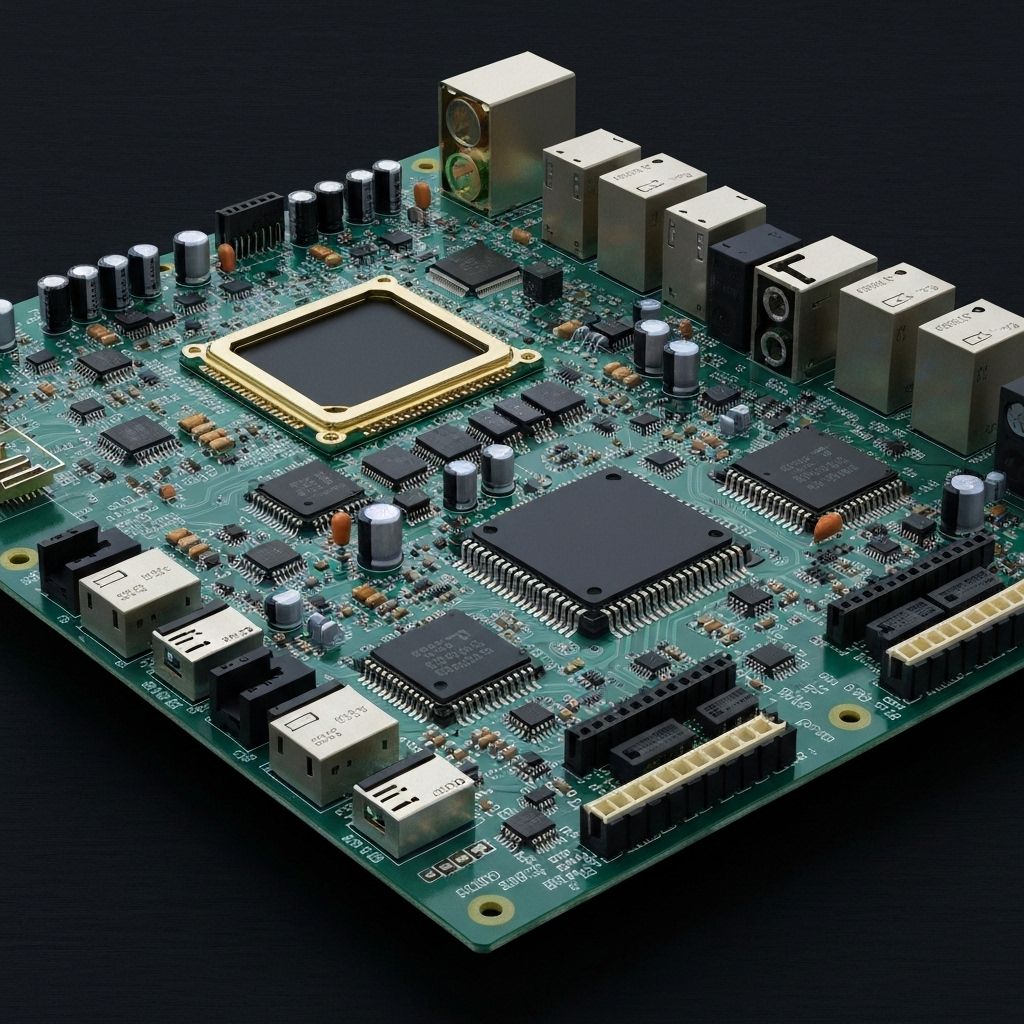The Hidden Genius All Around Us

We're surrounded by clever embedded systems, but most of them are hidden in plain sight. Take your smart TV. We see it as a screen, but as an engineer, I see a masterpiece of embedded systems design.
Think about it: it's a single device that has to manage HDMI and USB interfaces, decode dozens of video and audio formats, run a full operating system with an app store, and maintain a constant network connection. All of this has to work seamlessly, reliably, and without the user ever thinking about the complexity under the hood.
The same is true for an Airbus A350, which people think is highly automated but is actually a complex collaboration between the pilot and countless embedded control systems. That's why my preferred seat on a commercial aircraft is around the wings. Before the flight, the pilot will set the flaps and you will hear the motors spin up as they take their set positions. I don't know if anyone thinks of how far away the pilot is seated from the control surfaces they are sending commands to. These motors have to send feedback to the pilot to say they are actually in the correct position. For me, that is all the entertainment I need. The icing on the cake is how the autopilot works with all the control surfaces to keep the machine where the pilot has set it, guided by what the Flight Management System (FMS) is telling it to do. The screens are just the 'mouth pieces' of the machine telling the pilots 'you told me to do this, I am doing it.'
When it comes to my own quick projects, my go-to is an ESP32. It's about choosing the right tool for the job—a tool that is powerful, efficient, and doesn't come with unnecessary baggage. It's the same philosophy, whether it's in a smart TV or on my workbench.